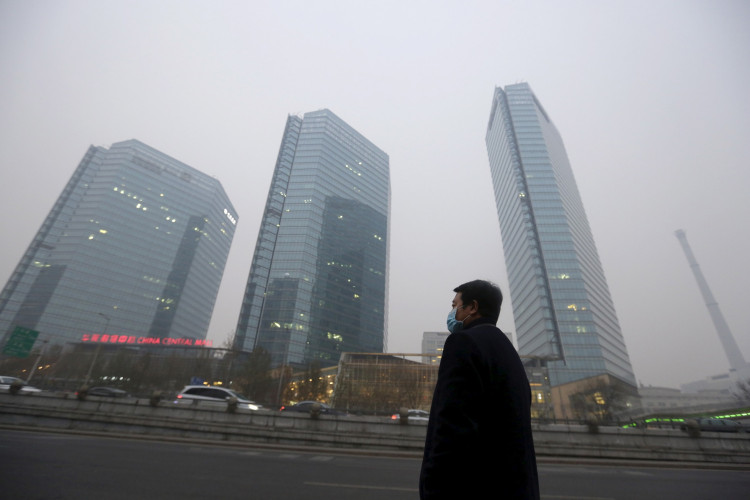To combat the transmission of COVID-19, the Beijing municipal government has advised all residents to work remotely on Friday and stay at home throughout the weekend. In addition, starting on Friday, three further rounds of mass nucleic acid screening will be undertaken, according to a senior official.
Xu Hejian, a spokeswoman for the Beijing authorities, said at a media briefing that Beijing's daily supplies are ample and will not be disrupted.
He also stated that there is no need to hoard food or buy in a hurry and that the city will operate normally during this time.
He urged them to shop wisely and assured them that delivery services would not be interrupted.
"The pandemic condition in the city is severe, and hidden transmission channels exist at the local level," Xu said.
The administration has ordered all residents in 12 districts, notably Xicheng, Dongcheng, Chaoyang, Haidian, and Fengtai, to conduct further three rounds of checks starting Friday and extending through the weekend in order to detect potential threats and quickly stop transmission networks, he said.
According to Xu, the local government will review the findings of the mass nucleic acid testing after the weekend to assist plan the next epidemic control method.
On Thursday afternoon, Chen Miao, a corporate clerk in the Haidian area, was advised to take her office computer home for the next few days.
"We don't know if we'll be able to return to work on Monday, so it's best to bring work items home just to be prepared," Chen said.
According to the authorities, hotels, sightseeing places, and homestays in Beijing's suburbs, including Pinggu, Mentougou, Miyun, Huairou, and Yanqing, should halt accepting guests for the next three days.
Numerous stadiums, galleries, and zoos in Beijing issued notices on Thursday that they will be shut temporarily beginning Friday.
Since April 22, Beijing has confirmed 36 new locally transferred COVID-19 cases in 24 hours, reaching a total of illnesses to 928. According to Pang Xinghuo, deputy chairman of the Beijing Center for Disease Prevention and Control, 15 districts are affected.
She claimed 32 of the new infections were detected in confined zones and four in the neighborhood after bulk nucleic acid testing.
As of Wednesday, Chaoyang district has reported 349 cases during the epidemic, the most in the pandemic, followed by Fangshan, which had reported 267 cases since April 22. During the same time period, Tongzhou recorded 71 instances and Fengtai reported 69 cases.
COVID-19 had 17 high-risk regions and 37 medium-risk locations in Beijing as of Thursday afternoon.






